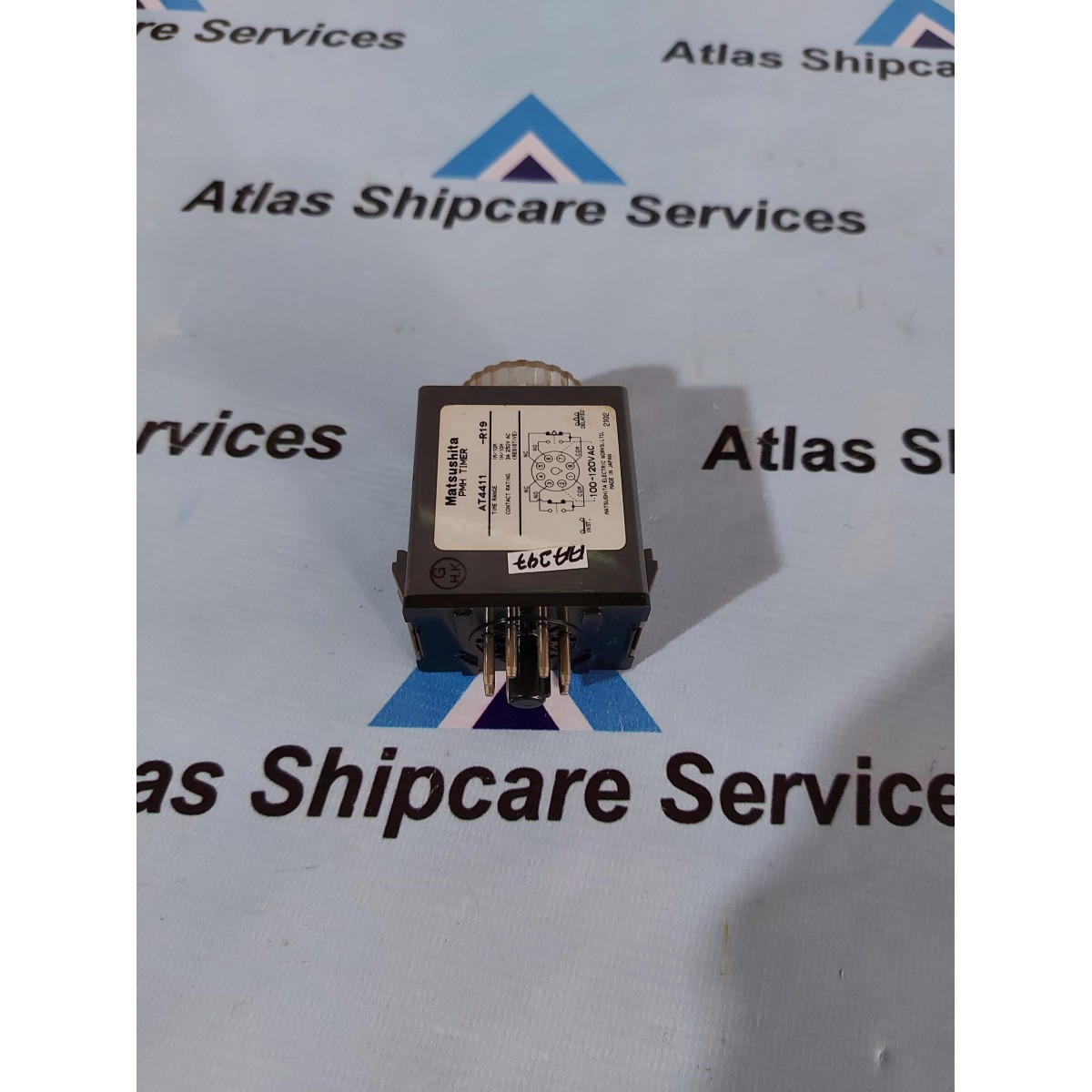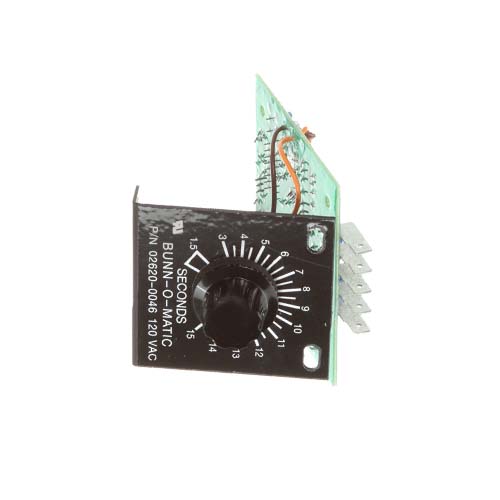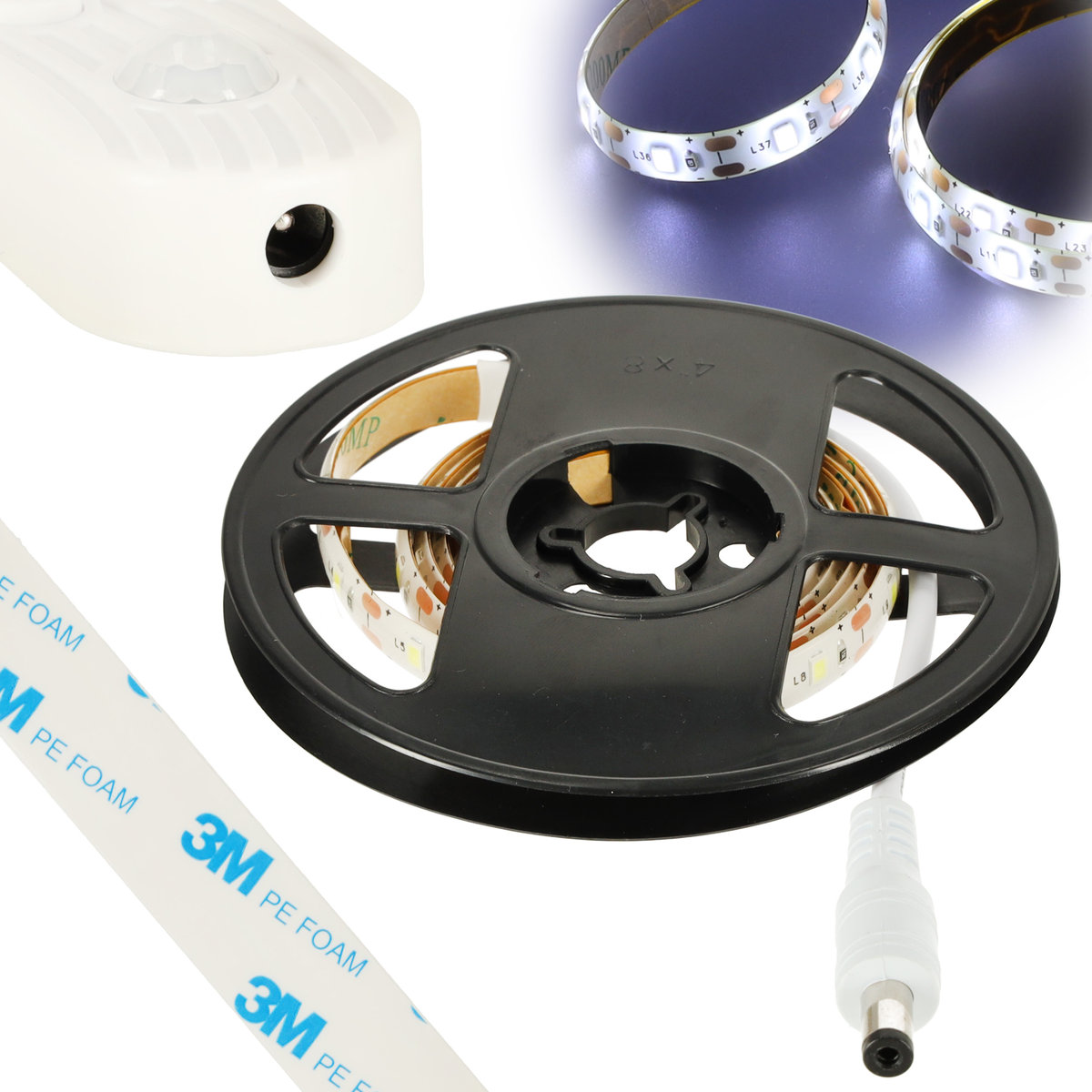What is a timer? A timer is a device that measures or controls the passage of time. It can be used to measure the duration of an event, or to control the timing of an event. Timers can be used in a variety of applications, including cooking, sports, and manufacturing.
One common type of timer is the countdown timer. It is used to measure the duration of an event. Countdown timers are often used in cooking, sports, and manufacturing. For example, a cook might use a countdown timer to measure the cooking time of a dish. A runner might use a countdown timer to measure the time it takes to complete a race. A manufacturer might use a countdown timer to measure the production time of a product.
Another common type of timer is the interval timer. It is used to control the timing of an event. Interval timers are often used in sports and manufacturing. For example, a coach might use an interval timer to control the timing of a workout. A manufacturer might use an interval timer to control the timing of a production process.
Read also:Discover Your Zodiac Sign Find Out Whats In Store For Those Born On February 7
Timers are an important tool in a variety of applications. They can be used to measure the duration of an event, or to control the timing of an event.
Timer 1m
A timer is a device that measures or controls the passage of time. It can be used to measure the duration of an event, or to control the timing of an event. Timers can be used in a variety of applications, including cooking, sports, and manufacturing.
- Digital
- Analog
- Mechanical
- Electronic
- Interval
- Countdown
- Portable
- Stationary
Timers are an important tool in a variety of applications. They can be used to measure the duration of an event, or to control the timing of an event. For example, a cook might use a timer to measure the cooking time of a dish. A runner might use a timer to measure the time it takes to complete a race. A manufacturer might use a timer to control the timing of a production process.
1. Digital
A digital timer is a device that uses electronic circuitry to measure or control the passage of time. Digital timers are often more accurate and reliable than analog timers, and they can be programmed to perform a variety of tasks.
- Components
Digital timers typically consist of a microprocessor, a display, and a set of buttons. The microprocessor controls the timer's functions, the display shows the time, and the buttons allow the user to set the timer's parameters. - Examples
Digital timers are used in a wide variety of applications, including cooking, sports, and manufacturing. For example, a cook might use a digital timer to measure the cooking time of a dish. A runner might use a digital timer to measure the time it takes to complete a race. A manufacturer might use a digital timer to control the timing of a production process. - Implications
Digital timers have a number of advantages over analog timers. They are more accurate, reliable, and versatile. Digital timers can also be programmed to perform a variety of tasks, making them ideal for use in a wide range of applications.
Digital timers are an important tool in a variety of applications. They can be used to measure the duration of an event, or to control the timing of an event. Digital timers are more accurate and reliable than analog timers, and they can be programmed to perform a variety of tasks.
2. Analog
An analog timer is a device that uses mechanical or electrical components to measure or control the passage of time. Analog timers are often less accurate and reliable than digital timers, but they can be simpler to use and less expensive.
Read also:Learn The Famous Fool Me Once Shame On You Quote
- Components
Analog timers typically consist of a clock mechanism, a dial, and a set of hands. The clock mechanism controls the timer's functions, the dial shows the time, and the hands allow the user to set the timer's parameters. - Examples
Analog timers are used in a wide variety of applications, including cooking, sports, and manufacturing. For example, a cook might use an analog timer to measure the cooking time of a dish. A runner might use an analog timer to measure the time it takes to complete a race. A manufacturer might use an analog timer to control the timing of a production process. - Implications
Analog timers have a number of advantages over digital timers. They are often simpler to use and less expensive. Analog timers are also more resistant to electromagnetic interference.
Analog timers are an important tool in a variety of applications. They can be used to measure the duration of an event, or to control the timing of an event. Analog timers are less accurate and reliable than digital timers, but they can be simpler to use and less expensive.
3. Mechanical
A mechanical timer is a device that uses mechanical components to measure or control the passage of time. Mechanical timers are often less accurate and reliable than digital timers, but they can be simpler to use and less expensive.
Mechanical timers typically consist of a clock mechanism, a dial, and a set of hands. The clock mechanism controls the timer's functions, the dial shows the time, and the hands allow the user to set the timer's parameters.
Mechanical timers are used in a wide variety of applications, including cooking, sports, and manufacturing. For example, a cook might use a mechanical timer to measure the cooking time of a dish. A runner might use a mechanical timer to measure the time it takes to complete a race. A manufacturer might use a mechanical timer to control the timing of a production process.
Mechanical timers have a number of advantages over digital timers. They are often simpler to use and less expensive. Mechanical timers are also more resistant to electromagnetic interference.
However, mechanical timers also have some disadvantages. They are often less accurate and reliable than digital timers. Mechanical timers can also be more difficult to set than digital timers.
Overall, mechanical timers are a good option for applications where accuracy and reliability are not critical. Mechanical timers are also a good option for applications where simplicity and cost are important.
4. Electronic
Electronic timers are devices that use electronic components to measure or control the passage of time. They are often more accurate and reliable than mechanical timers, and they can be programmed to perform a variety of tasks.
- Components
Electronic timers typically consist of a microprocessor, a display, and a set of buttons. The microprocessor controls the timer's functions, the display shows the time, and the buttons allow the user to set the timer's parameters. - Examples
Electronic timers are used in a wide variety of applications, including cooking, sports, and manufacturing. For example, a cook might use an electronic timer to measure the cooking time of a dish. A runner might use an electronic timer to measure the time it takes to complete a race. A manufacturer might use an electronic timer to control the timing of a production process. - Implications
Electronic timers have a number of advantages over mechanical timers. They are more accurate, reliable, and versatile. Electronic timers can also be programmed to perform a variety of tasks, making them ideal for use in a wide range of applications.
Electronic timers are an important tool in a variety of applications. They can be used to measure the duration of an event, or to control the timing of an event. Electronic timers are more accurate and reliable than mechanical timers, and they can be programmed to perform a variety of tasks.
5. Interval
In the context of timers, an interval refers to a specific period of time. Timers can be used to measure or control intervals, and they can be set to repeat intervals automatically. This makes them ideal for a variety of applications, such as cooking, sports, and manufacturing.
- Measuring intervals
Timers can be used to measure the duration of intervals. For example, a cook might use a timer to measure the cooking time of a dish. A runner might use a timer to measure the time it takes to complete a race. A manufacturer might use a timer to measure the production time of a product. - Controlling intervals
Timers can also be used to control the timing of intervals. For example, a coach might use a timer to control the timing of a workout. A manufacturer might use a timer to control the timing of a production process. A musician might use a timer to control the tempo of a song. - Repeating intervals
Timers can be set to repeat intervals automatically. This makes them ideal for applications where a specific interval needs to be repeated over and over again. For example, a cook might use a timer to repeat the cooking time of a dish every day. A runner might use a timer to repeat the time it takes to complete a race every week. A manufacturer might use a timer to repeat the production time of a product every hour.
Intervals are an important concept in the context of timers. They allow timers to be used to measure, control, and repeat specific periods of time. This makes them ideal for a variety of applications, from cooking to sports to manufacturing.
6. Countdown
A countdown is a timer that displays the time remaining until a specific event. Countdowns are often used to create a sense of urgency or excitement, and they can be found in a variety of applications, such as sporting events, product launches, and holiday celebrations.
Timer 1m is a countdown timer that can be used to measure the duration of an event or to control the timing of an event. Timer 1m is a simple and easy-to-use timer that can be used for a variety of purposes.
Countdowns are an important component of timer 1m, as they allow users to set a specific time for an event to occur. This can be useful for a variety of purposes, such as ensuring that an event starts on time or that a task is completed within a certain timeframe.
For example, a runner might use timer 1m to set a countdown for the start of a race. This would ensure that the runner starts the race on time and that they have a fair chance of winning. A cook might use timer 1m to set a countdown for the cooking time of a dish. This would ensure that the dish is cooked perfectly and that it is not overcooked or undercooked.
Timer 1m is a versatile and easy-to-use timer that can be used for a variety of purposes. The countdown feature is an important component of timer 1m, as it allows users to set a specific time for an event to occur. This can be useful for a variety of purposes, such as ensuring that an event starts on time or that a task is completed within a certain timeframe.
7. Portable
A portable timer is a timer that can be easily carried around. This makes it ideal for use in a variety of situations, such as when you are traveling, camping, or working on a project away from your home or office.
Timer 1m is a portable timer that is small and lightweight, making it easy to carry around in your pocket or bag. It is also battery-powered, so you don't have to worry about finding an outlet to plug it in.
The portability of timer 1m makes it a versatile tool that can be used in a variety of situations. For example, you can use it to:
- Time your workouts
- Cook meals
- Set reminders
- Track your time
Timer 1m is a valuable tool for anyone who needs a portable and easy-to-use timer.
8. Stationary
A stationary timer is a timer that is not portable. It is designed to be used in one location and is not easily moved. This type of timer is often used in industrial or commercial settings, where it can be used to control the timing of machinery or processes.
- Fixed Location
Stationary timers are typically mounted to a wall or other fixed surface. This makes them ideal for applications where the timer needs to be in a specific location, such as on a production line or in a laboratory.
Stationary timers are typically wired into a power source. This provides them with a constant source of power, which is necessary for accurate timekeeping.Industrial Use
Stationary timers are often used in industrial settings, where they can be used to control the timing of machinery or processes. For example, a stationary timer might be used to control the timing of a conveyor belt or a manufacturing process.Commercial Use
Stationary timers are also used in commercial settings, such as in kitchens or offices. For example, a stationary timer might be used to time the cooking of food or to remind employees of an upcoming meeting.
Stationary timers are an important tool in a variety of industrial and commercial settings. They provide a reliable and accurate way to control the timing of machinery or processes. While they are not as portable as other types of timers, their fixed location and wired power make them ideal for applications where accuracy and reliability are essential.
FAQs about Timer 1m
Timer 1m is a versatile and easy-to-use timer that can be used for a variety of purposes. It is a portable timer that can be carried around in your pocket or bag, and it is also battery-powered, so you don't have to worry about finding an outlet to plug it in.
Here are some frequently asked questions about timer 1m:
Q: What is timer 1m?
A: Timer 1m is a countdown timer that can be used to measure the duration of an event or to control the timing of an event. It is a simple and easy-to-use timer that can be used for a variety of purposes, such as cooking, sports, and manufacturing.
Q: How do I use timer 1m?
A: To use timer 1m, simply set the desired time and then press the start button. The timer will start counting down and will emit a sound when the time is up.
Q: What are the benefits of using timer 1m?
A: Timer 1m is a versatile and easy-to-use timer that offers a number of benefits, including:
- It is portable and can be carried around in your pocket or bag.
- It is battery-powered, so you don't have to worry about finding an outlet to plug it in.
- It is simple and easy to use.
- It is accurate and reliable.
Q: What are some of the applications of timer 1m?
A: Timer 1m can be used for a variety of applications, including:
- Cooking
- Sports
- Manufacturing
- Education
- Healthcare
Q: Where can I buy timer 1m?
A: Timer 1m is available for purchase online and at most major retailers.
Timer 1m is a valuable tool for anyone who needs a portable and easy-to-use timer. It is a versatile timer that can be used for a variety of purposes, and it is accurate and reliable.
For more information about timer 1m, please visit the manufacturer's website.
Conclusion on Timer 1m
Timer 1m is a versatile and easy-to-use timer that can be used for a variety of purposes. It is a portable timer that can be carried around in your pocket or bag, and it is also battery-powered, so you don't have to worry about finding an outlet to plug it in. Timer 1m is also accurate and reliable, making it a valuable tool for anyone who needs a portable and easy-to-use timer.
Timer 1m has a variety of applications, including cooking, sports, manufacturing, education, and healthcare. It can be used to measure the duration of an event or to control the timing of an event. Timer 1m is a simple and easy-to-use timer that can be used by people of all ages and skill levels.


